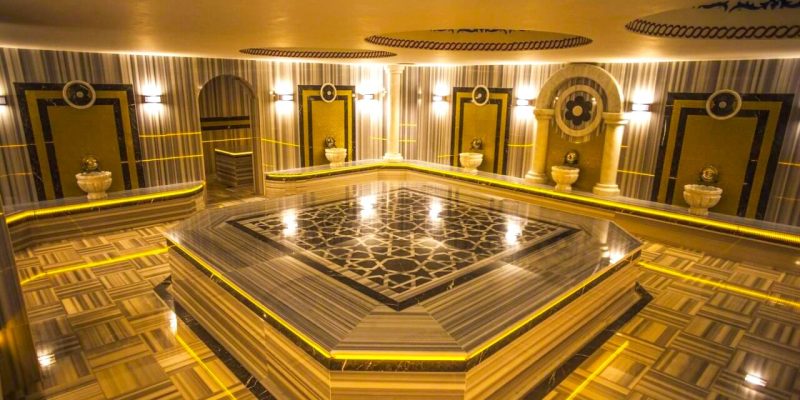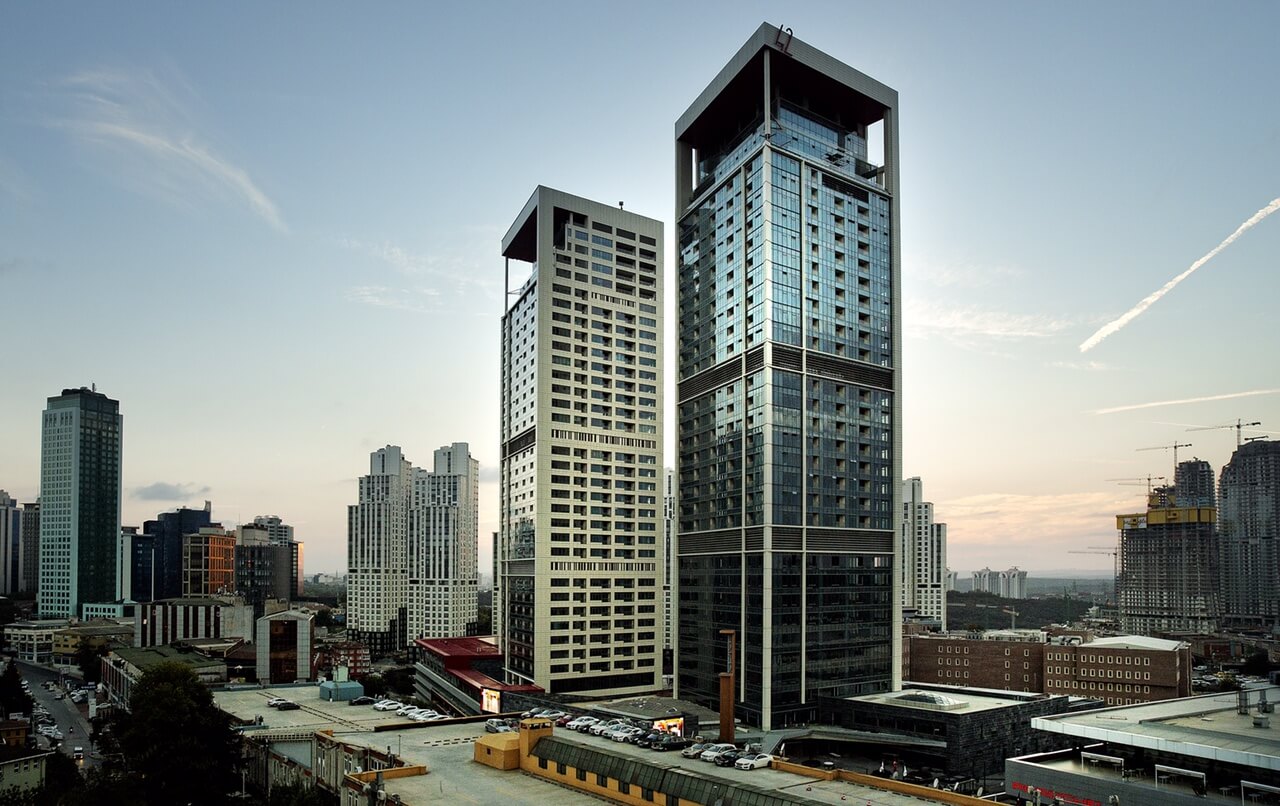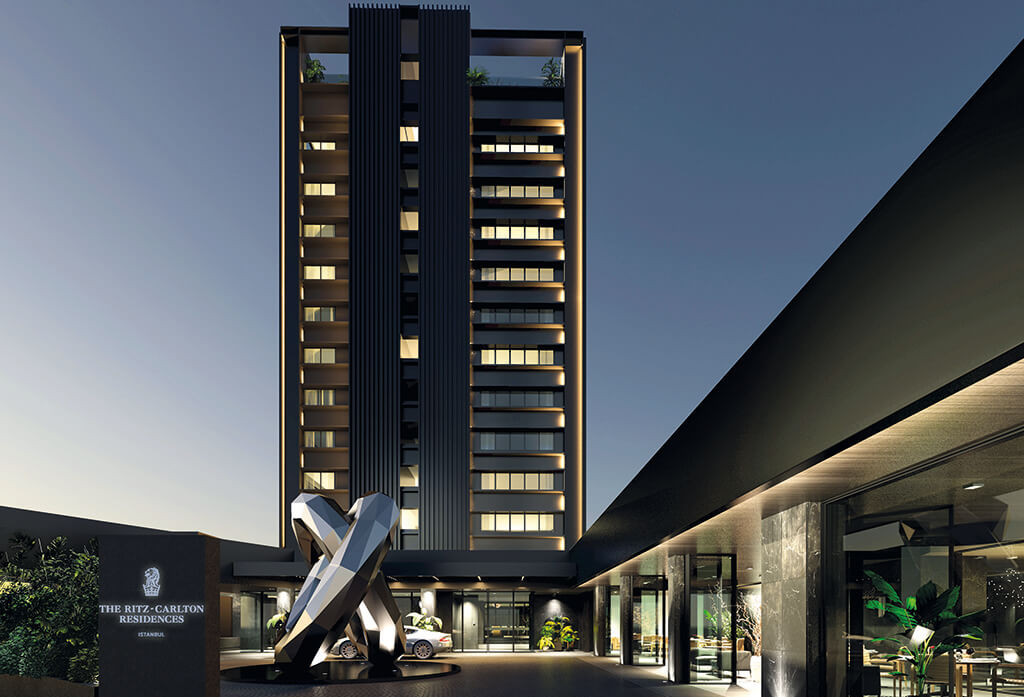A Turkish bath or Hammam is a place of public bathing associated with the Islamic world. It is a prominent feature in the culture of the Muslim world and was inherited from the model of the Roman thermae.
Cemberlitas Bath
The Cemberlitas Hammam is located next to the Cemberlitas Column, near the Grand Bazaar. It was built by architect Sinan with the wish of Nurbanu Sultan, mother of Sultan Murat III and wife of Selim II, in 1584 to provide a source of revenue for the Valide-i Atik Mosque in Uskudar.
The Hammam was originally built as a double bath for both men and women in separate sections, but the the women’s section was destroyed in the 19th century under the reign of Sultan Abdulaziz in order to widen the road. Lately, the women’s section is re-built but nowadays they use the same entrance with the men before going to their own section. The dressing room areas are roofed with large domes and are called as cold section (sogukluk). The baths have 38 washing basins (kurna) in the hot areas (sicaklik). In the middle of this hot area, a large and heated marble platform (gobektasi) is located and private bathing cubicles (halvet) are around the room.
It’s open everyday between 06.00-24.00.
Cagaloglu Bath
It’s located in Cagaloglu neighborhood near the Underground Cistern. The hammam was built by an unknown architect in 1741 by the order of Sultan Mahmut I to provide revenue for the library of Sultan Mahmut and the Aya Sofya (Hagia Sophia) Mosque at that time.
The hammam has separate sections for both men and women. It combines different Ottoman architectural styles and was the last of the great hammams to be built in the city before their construction was forbidden by Sultan Mustafa III in 1768, because of the increasing needs for water and wood in Istanbul.
The door of the women’s section is on a side street called Hamam street, while the men’s entrance is from the main road of Yerebatan street. After entering, in the middle is a pool with a waterjet and dressing rooms around. The domes are supported by arches and columns. After the cold area (sogukluk), you enter in the hot area (sicaklik). There is a marble platform (gobektasi) in the center, surrounded by bathing cubicles (halvets) in all four corners.
It’s open everyday between 08:00-22:00 for the men and between 08:00-20:00 for the women.
Galatasaray Bath
It’s located in Galatasaray neighborhood of Beyoglu district, in one of the side streets. The hammam was built in 1715 as a public bath in a classical Turkish Bath architectural design. It was renovated in 1965 loosing some of its historical elements. A small women’s section was added during this extensive renovation. Being close to the historic Pera neighborhood and Taksim Square, the Hammam attracts many people, both local and tourists.
Hurrem Sultan (Roxellana) Bath
Haseki Hurrem Sultan Hamam, located in Sultanahmet Square between the Blue Mosque and Hagia Sophia, was designed and built in the mid-16th century by chief architect Mimar Sinan at the request of Hurrem Sultan (Roxelana), the wife of Sultan Suleyman the Magnificent. The Bath has separate sections for men and women and was constructed on the same axis as mirror images of each other. The cold room dome is 26 meters high.
The hamam was operational until 1910 when it was closed for many years and deterioted. It was restored around 1957 and used as a carpet bazaar until 2007. Final restorations took about 3 years and was re-opened in 2011 as a modern Turkish Bath and spa center. Today, there are several massage treatment packages you can choose from. It has also a restaurant in the premises, and a gift store.
Open everyday between 08:00-22:00.
Kilic Ali Pasha Bath
This Turkish bath, located in Tophane neighbourhood next to the mosque with the same name, was built by the architect Mimar Sinan on the wish of Kilic Ali Pasha; of Italian origin, once a slave on board a ship which he eventually became captain and succesfully climbed the stairs of fame and fortune until he became the Admiral of the Ottoman Navy in the 16th century. The large central dome above the relaxation area is 14 meters wide and 17 meters high and is one of the largest single domes built by Sinan. After the entrance, it has a relaxation area (Camegah) giving access into the warm areas of the Hammam.
During the Republic period the bath deterioted and was in bad conditions. Recent restorations which took about 7 years brought the Hammam back to its function today. Men and women have separate hours for bathing and there is also a small cafeteria and a retail shop inside.
Open everyday for women between 08:00-16:00, and for men between 16:30-24:00.
Suleymaniye Bath
It was built in 1557 by great architect Sinan as a part of Suleymaniye Mosque Complex. It’s located at Suleymaniye district and used for tourism purposes mostly. The bath has a cold section (sogukluk) which is also used for dressing, lukewarm section to adapt your body temperature before passing to the hot area, and the hot section (sicaklik).
Open everyday for men between 06:00-24:00, or for mixed tourist groups.
Sofular Bath
It’s located in Fatih district. The hammam was built in the beginning of 16th century. Dressing rooms are lined on two floors and there is a small decorative water jet pool in the middle.
Open everyday between 06:00-23:00 for the men, and between 08:30-20:00 for the women.
Buyuk (Grand) Bath
The hammam was built in 1533 by architect Sinan next to a mosque at Kasimpasa district. It has separate sections for both men and women.
Aga Bath
The hammam was built in 1610 by Ismail Aga who was the head (Aga) of food storage keeper of sultan Ahmet I. It has separate sections for both men and women. The hammam is in the Uskudar district, on the Asian side of Istanbul.
Submit your review | |
1 2 3 4 5 | |
Submit Cancel | |









